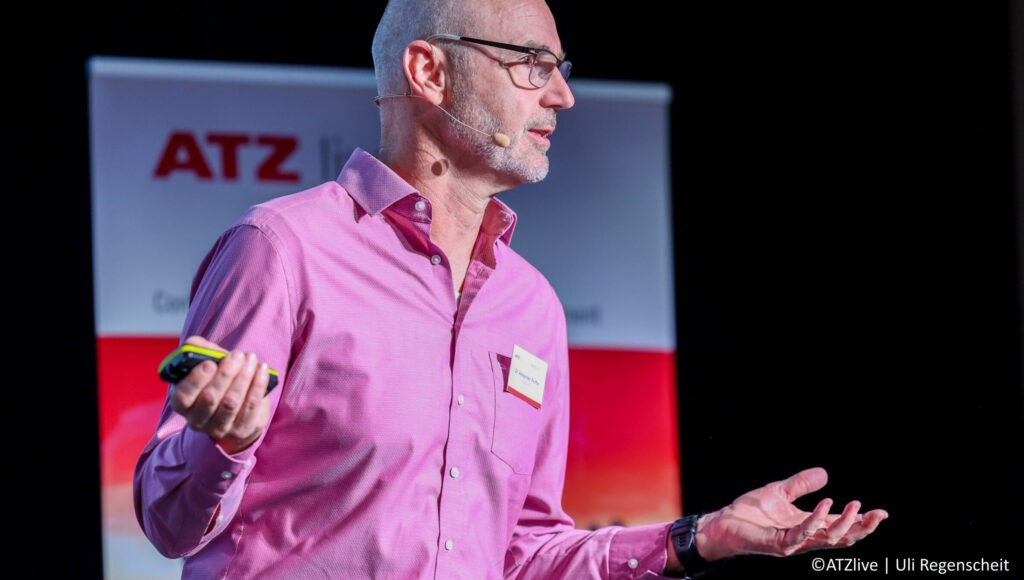How the journey started
As physicist I dropped into acoustics quite accidentally. My diploma thesis in Vienna was supposed to be a fluid dynamic topic but turned out to be an exclusively acoustic subject: The propagation of three-dimensional pressure wave through tunnels of high speed trains.
Once infected by the acoustic virus I got the chance to start a PhD on medical ultrasonics. During my first industrial position I stayed within the high frequency world and worked as developer of ultrasonic echo sounders.
Though I loved this job – and especially the test campaigns on sailing boats – I took a chance to get a trainee position at DaimlerChrysler as technical acoustical engineer.
New experiences in technical acoustics
Ultrasonic transducer developers are the darlings of naval system designers. This changed completely: My status went from darling to pain in the neck. Whereas I was part of the system as transducer developer the new job as technical acoustician meant to be the reason of most target conflicts in terms of cost, weight and installation space.
However, despite this fact we had amazing and interesting projects dealing with the simulation of trains, trams and metros (No cars – I was part of the train division). This was the first time that I noticed this competition that sounded very strange to the ears of a physicist: The dispute whether the finite element method (FEM) or the statistical energy analysis (SEA) is the best method to simulate the acoustics and vibration of a technical system.
At Airbus central research I could further apply and develop my simulation skills at flying objects: aircraft, helicopters, satellites and launchers.
With my move to Audi I could fill the automotive gap in my experience, now dealing with the whole vehicle acoustics of cars.
Why this book?
As there was no text book available that deals with SEA in a modern way and in the full frequency context of the hybrid FEM/SEA method I decided to start the project of this book.
